Poultry Line Speeds: What are poultry processing line speeds? Are line speeds in the U.S. regulated by the government? Are faster line speeds unsafe for poultry processing workers?
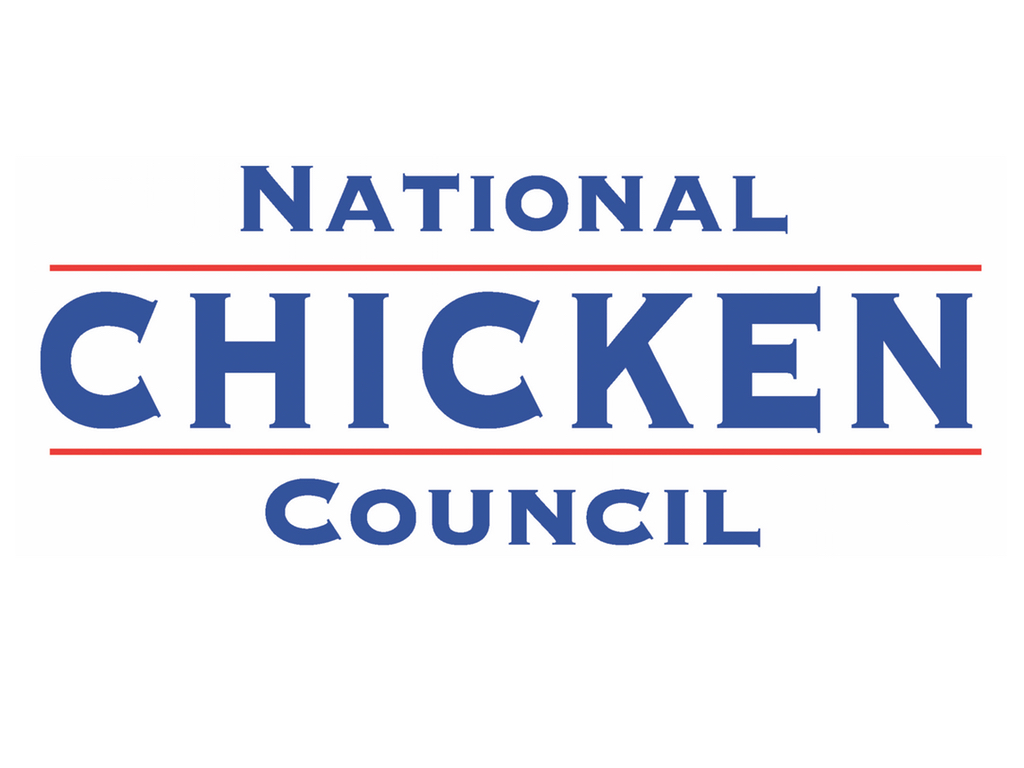
Employee safety always has been and will always be a priority for the chicken industry. Chicken processors continue to focus their efforts on preventing workplace injuries by implementing ergonomics and medical intervention steps, while continually introducing new technology and automation in the workplace.
These efforts are showing positive results, demonstrating the vast advancements the industry has made in improving employee safety.
What is the poultry processing line? What are poultry line speeds?
The poultry processing line includes trained workers, automated equipment, and inspection and testing conducted by the USDA and plant personnel. USDA inspectors are in every plant monitoring the processing line to ensure the chicken you eat is safe and meets U.S. Department of Agriculture (USDA) safety standards.
Poultry line speeds refer to how many birds per minute (bpm) are processed. Line speeds are determined by many factors, including:
- Staffing available, both of employees and USDA Inspectors, in the plant
- Equipment capacities
- Line layout
- Work space size
- Processing line configuration
- USDA’s Food Safety and Inspection Service (FSIS) regulations, which vary by each plant
All of these factors, and more, must balance correctly to generate safe and productive operating speeds. In addition, all considerations must ultimately fall within the line speed parameters specified by the USDA’s Food Safety and Inspection Service (FSIS) regulations.
Given the complexity of individual processing plants and the applicable regulations, line speeds vary significantly from plant to plant. Line speeds may also vary seasonally. All of these considerations must adhere to USDA regulations.
If line speeds are set too fast, then tasks will not be performed properly and the result will be a costly de-valuing of the final poultry products. No benefit exists for plant management to operate production lines at speeds that are unsafe, and will not permit all work to be performed at high levels of skill and competence. Line speeds are one of several factors that must be appropriately balanced if consistent production of uniform and high-quality poultry products is to be achieved. And the production of high-quality products is essential if a chicken processor intends to compete in today’s marketplace.
These facts encourage chicken companies to operate within line speed regulations and at speeds that will help ensure maximum safety for both employees and the products.
Background on Poultry Line Speeds
A pilot program called the HACCP-Based Inspection Models Project, or HIMP, began in 1997 in 20 chicken processing plants. The goal of HIMP was to test an alternative food safety inspection system by refocusing FSIS inspector activities from low-value food safety activities, such as carcass sorting, to high-value food safety activities such as offline food safety verification tasks.
In a nutshell, HIMP allowed for more USDA focus and attention on real food safety issues, data analysis and pathogen testing and less on quality assurance issues that are handled by the company.
The modernized system has been studied, debated, and reviewed in depth for almost 25 years to assure its effectiveness in further modernizing chicken inspection while improving food safety and protecting workers.
Line Speeds
As part of the new inspection system, plants were permitted to operate their evisceration line speeds at 175 birds per minute, versus 140 birds per minute (bpm) in traditional inspection systems. The evisceration line is the part of the plant where the birds’ organs are removed and the carcass is cleaned, washed, and inspected. This part of the process is highly automated, and it is not the part of the plant where the birds are slaughtered or where workers cut up and debone the chicken for packaging.
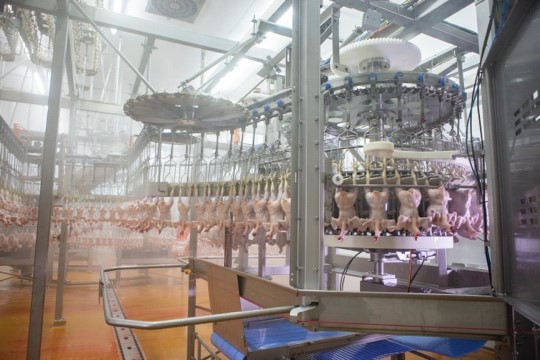
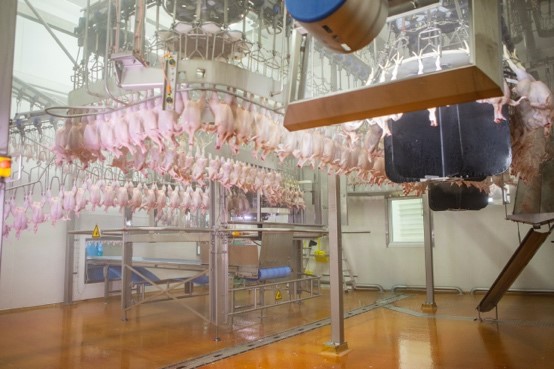
Because of the success of the HIMP pilot program, in 2012 USDA proposed to give more chicken plants the option of operating under the new system, which USDA now calls the New Poultry Inspection System (NPIS).
Through decades of research and data, FSIS has found that plants can maintain food safety standards using line speeds of up to 175 bpm. In fact, the United States is one of the only countries in the world with arbitrary caps on evisceration line speeds. Chicken processing plants in other parts of the world, including Canada, Brazil, Europe, and Asia, operate safely in excess of 200+ bpm. On average, U.S. evisceration lines run 30% slower than the rest of the world.
In the fall of 2018, FSIS announced it was creating a program where the agency would consider granting individual waivers to allow chicken processing plants that meet a year’s worth of strict criteria to operate at line speeds of up to 175 bpm, if they can maintain processing control – meaning producing safe food and protecting workers.
Protecting Processing Plant Workers
There is no evidence in the pilot program over the past 20+ years, and now with NPIS, to show that increased line speeds has or will increase injuries. In fact, the safety record in all poultry plants has improved dramatically with the incidence of occupational injuries and illnesses within the poultry sector’s slaughter and processing workforce falling by 86 percent over the last 25 years and continues to decline according to the most recent Injury and Illness Report released by the U.S. Department of Labor.
The total recordable poultry processing illness and injury rate for 2019 was 3.2 cases per 100 full-time workers (per year), down from 3.5 in 2018. The poultry industry’s rate of 3.25 was below the rate of 5.1 for similar agricultural industries in terms of injuries per 100 full-time workers and lower than the rate of 4.0 for the entire food manufacturing sector, while all of manufacturing was 3.3.
This is the first time the industry’s injury rate has fallen below the all manufacturing category.
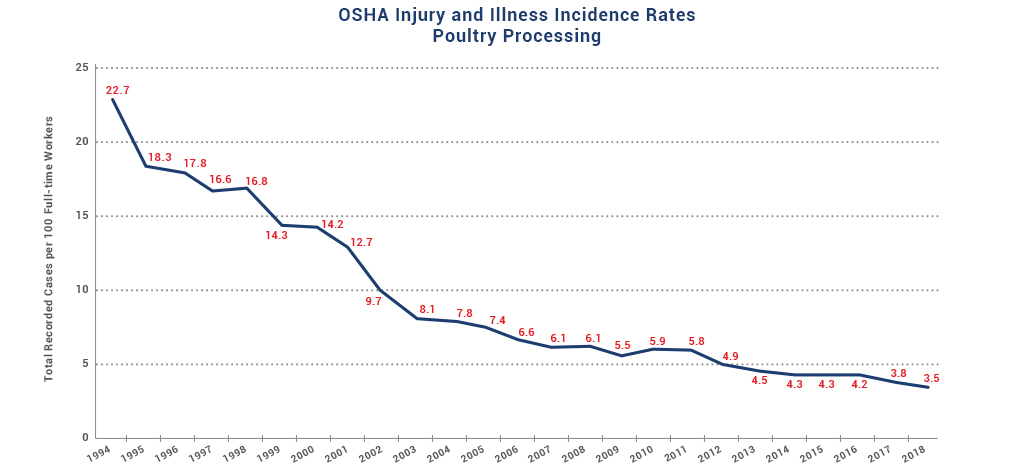
Surpassing the ‘all of manufacturing’ percent of 3.4 is the next milestone our industry aims to achieve in our continued priority to ensure the safety and well-being of our employees.
Additionally, the more than five-fold decrease in injury rates in the poultry industry over the last two decades coincided with a period of substantial increases in line speeds, bird size, and automation. Technological improvements in processing correspond to safer workplaces, as the data show.
In addition, FSIS accounts for worker safety in the current line speed regulation by including a provision requiring plants to comply with federal worker safety requirements. The provision makes clear that all plants, regardless of the line speed at which they operate, must provide workers with a workplace free from recognized hazards that are likely to impact worker safety and to comply with all Occupational Safety and Health Administration (OSHA) standards.
Frequently Asked Questions about Poultry Line Speeds
Are evisceration line speeds unsafe for poultry processing workers?
In terms of worker safety, the part of the processing line (evisceration) that deals with the speed increase is almost entirely automated. Second processing lines, where workers debone and cut up chicken parts, remain about one-fifth of the speed of the evisceration line. At the same time, while the industry has been safely increasing line speeds over the past 20 years, the poultry industry’s injury and illness rate has fallen 84 percent, according to the Department of Labor. Because much of the process under which line speeds would increase due to waivers is automated, it has little effect on workers’ repetitive motion injuries.
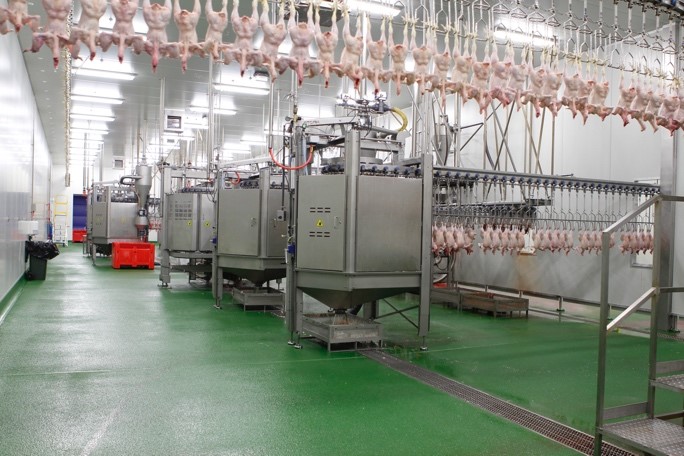
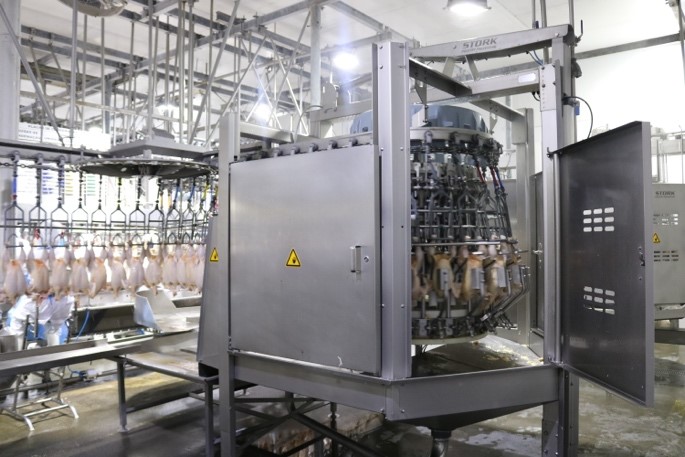
Are line speeds in the U.S. regulated by the government?
Yes. Line speeds are based on many factors, including a plant being able to maintain process control, producing safe food, keeping workers safe, and staffing considerations. If a plant determines that one of these factors calls for slowing down the line, the plant will do so. USDA also has the regulatory authority to slow down or stop a production line in poultry processing plants.
Hear what the experts say:
With faster line speeds, do workers end up working closer together?
No. The waivers and line speeds in question deal with the part of the processing line called the evisceration line. After slaughter and defeathering, the evisceration line is where the birds’ organs are removed, and the carcasses are cleaned, washed, and inspected. In poultry processing, this part of the line is almost entirely automated and involves very few workers, who are already safely spaced.
Do faster line speeds increase the risk of contracting the SARS-CoV-2 (COVID-19) virus in poultry processing plants?
There is no data to back up this claim. The line speeds in question are a part of the line that is almost entirely automated in poultry processing. Regardless, the virus does not discriminate based on line speed. Whether plants are operating at 125, 140 or 175 bpm, plants have taken every precaution to help keep workers safe, including: social distancing, temperature checks, installing plastic barriers between work stations where social distancing is challenging, providing masks, face shields and gloves for workers, staggering shifts, making breakrooms available outside, multiple hand sanitizing stations, extra cleaning and sanitation of the plant, educating employees about steps to take at home to keep healthy, encouraging sick or vulnerable employees to stay home with paid sick leave, and testing for the virus.
Can workers or consumers contract the SARS-CoV-2 (COVID-19) virus from chicken or chicken packaging?
The CDC, USDA FSIS, FDA, World Health Organization and many other leading health authorities around the world have all stated that currently there is no evidence of food or food packaging being associated with transmission of COVID-19.
What is the chicken industry doing to continue to improve worker safety?
While the past 25 years has seen a dramatic decrease in the numbers and rates injury and illnesses occur, the chicken industry will continue to seek new and innovative ways to protect our workforce. Ongoing efforts to improve the industry’s record in worker safety include:
- In late 2019, the poultry industry partnered with the U.S. Department of Labor’s Occupational Safety & Health Administration (OSHA) to form an official alliance to share information, guidance and access to training resources that will help further improve the significant gains made in poultry worker safety over the past 25 years. The shared goals for the alliance include raising awareness of health and safety practices and programs through outreach and communication in addition to training and education;;
- Sharing non-competitive practices, such as those included in the whitepaper, Ergonomics in the Poultry Industry – A Review of 25 Years of Industry Efforts, which documents many of the industry’s efforts to improve worker safety. This report is being updated in 2020;
- Partnering with the Georgia Tech Research Institute to develop an instrument to assess musculoskeletal disorder (MSD) risks in poultry tasks. The tool measures upper extremity stresses associated with poultry deboning and cutting tasks, and provides data to help in workstation and tool redesign and process workflow improvements to reduce the stresses and strains associated with repetitive work;
- Continuing to work with equipment manufacturers and suppliers to improve machine guarding on new equipment and the provision of adequate disconnects to assist and facilitate proper lock out/tag out (LOTO) procedures;
- Collaborating with personal protective equipment suppliers – which has led to improvements in cut resistance of protective handwear, reduced fogging issues with safety eyewear, and improved slip resistance in safety footwear to address lacerations, foreign objects/splashes and slip, trips and falls;
- Conducting monthly meetings of the Poultry Industry Safety & Health Committee to share best practices in hazard identification and risk control;
- Maintaining a Poultry Industry Safety Recognition Awards program that honors poultry processing plants that have injury and illness rates below the industry average for three consecutive years. Through the implementation of innovative and effective programs, this year more than 230 plants were recognized; and
- Holding an annual conference for the past 35 years – the National Safety Conference for the Poultry Industry.
What is the industry doing to protect workers from COVID-19?
In response to COVID-19, each chicken company has added additional protective measures to help keep employees safe and healthy. Companies are following all of the CDC and local health department guidelines, and many have consulted with infectious disease physicians to develop site plans.
Chicken companies have enacted many additional measures to keep workers safe, including:
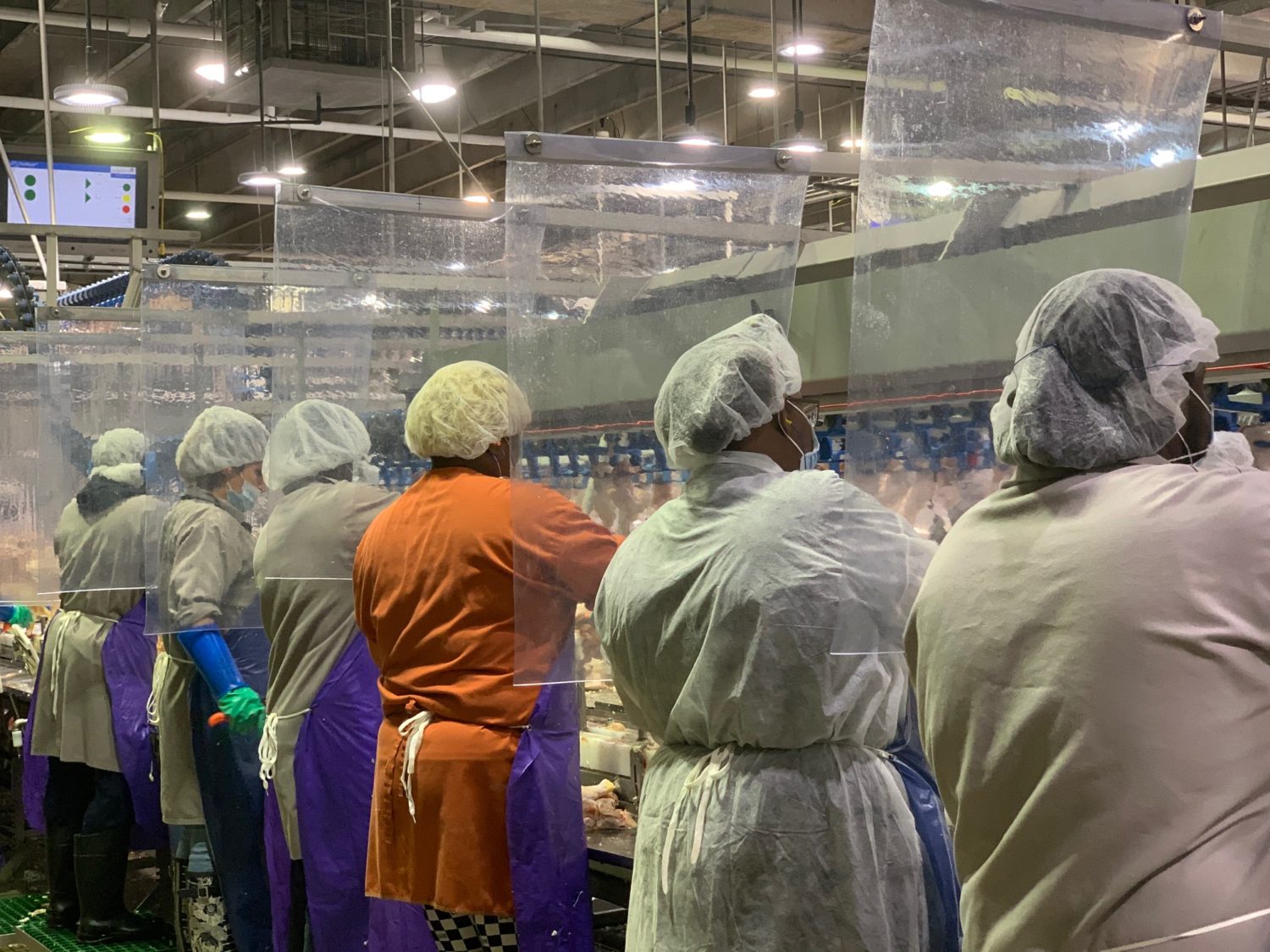
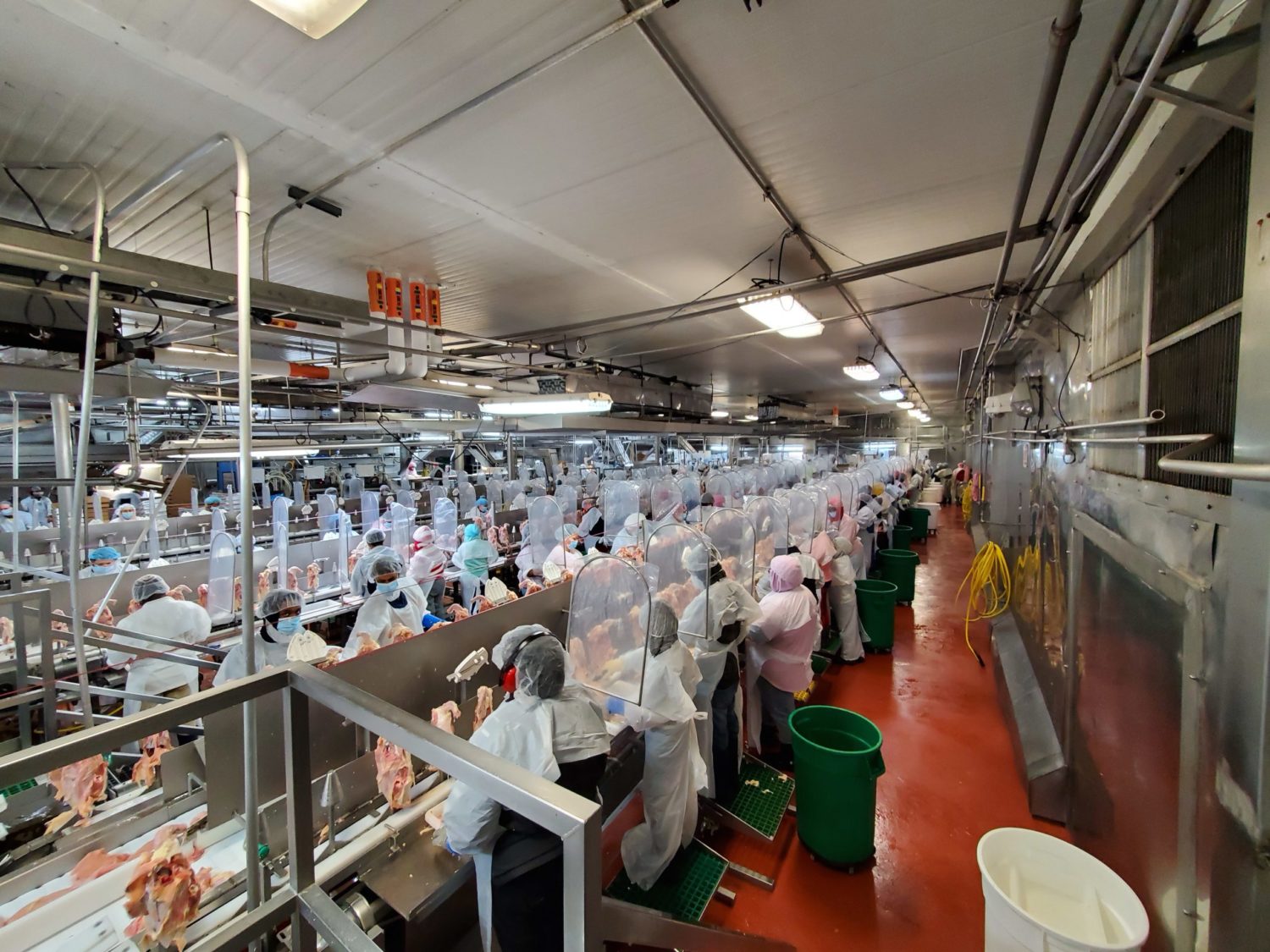
- Increasing cleaning and sanitation frequencies and intensities for equipment and common areas, such as the breakroom and vending machines, at processing facilities
- Increase frequency of handwashing/sanitation for employees and increased access to hand sanitizing stations
- Encouraging employees to stay home if they are not feeling well or believe they may have been exposed to the virus, while still receiving pay and no attendance penalty
- Heightening employee screening for any signs of illness, including temperature checks before entering the plant
- Practicing social distancing not only in common areas, such as break rooms and cafeterias, but also on production lines where possible
- Implementing travel restrictions and only allowing essential personnel into the plant
- Educating employees about the virus and ways to avoid catching it, and posting educational information in a variety of languages
- Training company nurses on CDC protocols for COVID-19
- Providing personal protective equipment (PPE), including masks and gloves, and permitting employees to bring their own PPE
- Installing plastic dividers between workstations and in breakrooms
